In the production of medical injection-molded parts, the release of volatiles (VOCs and semi-volatile compounds) is a critical factor affecting product quality and safety. These volatiles originate from plastic raw materials, additives, processing aids, and the manufacturing process, potentially leading to multiple risks ranging from material performance degradation to direct threats to patient health. This article systematically analyzes the impact mechanisms of volatiles on medical injection-molded parts and proposes corresponding strategies, considering the unique characteristics of the medical industry.
1. Sources and Classification of Volatiles
Medical injection-molded parts commonly use materials such as polypropylene (PP), polycarbonate (PC), polyether ether ketone (PEEK), and ultra-high-molecular-weight polyethylene (UHMWPE). The volatiles mainly come from the following stages:
-
Raw Material Stage: Plastic pellets may absorb moisture during storage or transportation, or contain unreacted monomers (e.g., caprolactam in polyamides), oligomers, and additives (e.g., plasticizers, stabilizers, antioxidants).
-
Processing Stage: During heating and melting, unpolymerized monomers, solvent residues (e.g., acetone, ethanol), and thermal degradation products (e.g., aldehydes, ketones) volatilize. High-pressure injection compresses gases within the mold, which are then released.
-
Demolding and Post-Processing: Residual steam in the mold, volatile organic compounds from cooling systems, and surface treatment agents (e.g., mold release agents) may leave residues.
Volatiles can be classified into three categories based on their boiling points:
-
Small-Molecule Volatiles (VOCs): Such as formaldehyde, benzene series, and halogenated hydrocarbons, which can easily enter the human body through inhalation or skin contact.
-
Semi-Volatile Compounds (SVOCs): Such as phthalate plasticizers, which may migrate into body fluids.
-
Non-Volatile Impurities: Such as residual heavy metal catalysts, which may cause chronic poisoning upon long-term exposure.
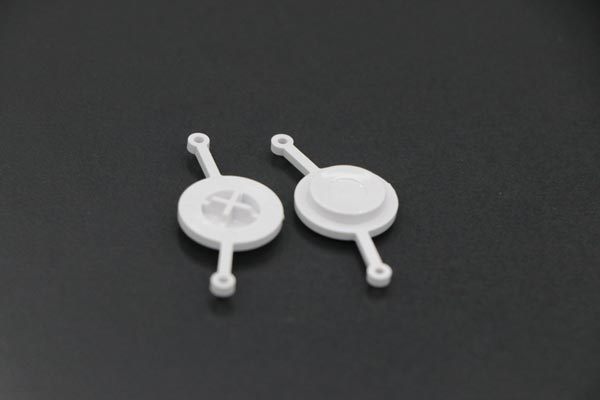
2. Core Impacts of Volatiles on Medical Injection-Molded Parts
2.1 Biocompatibility Risks
Volatiles can directly compromise the biocompatibility of medical injection-molded parts:
-
Cytotoxicity: Some additives (e.g., antioxidant BHT) decompose under high temperatures to produce p-hydroxyanisole, which inhibits cell proliferation.
-
Allergic Reactions: Residual monomers (e.g., acrylonitrile) or degradation products may trigger contact dermatitis, such as the increased inflammatory response rate in patients using infusion sets with residual ethylene oxide sterilization byproducts.
-
Endocrine Disruption: Phthalate plasticizers may mimic hormones and disrupt the human endocrine system.
Case Study: An artificial joint brand experienced a higher postoperative inflammatory response rate due to mold release agent residues. Testing revealed 0.5% silicone oil volatiles, far exceeding safety limits.
2.2 Mechanical Performance Degradation
Volatiles alter the internal structure of materials, affecting mechanical stability:
-
Pores and Bubbles: Volatile escape forms micro-pores, reducing part density. For example, a cardiac pacemaker housing with 0.1% porosity may see a 30% drop in impact strength.
-
Stress Concentration: Residual volatiles cause uneven molecular chain arrangement, leading to local stress concentration. Surgical instrument handles, for instance, may fracture after repeated use due to stress release.
-
Accelerated Degradation: Certain volatiles (e.g., acidic substances) may catalyze material hydrolysis, shortening product lifespan.
Data Support: Experiments show that a polycarbonate injection-molded part containing 0.2% volatiles experiences a 15% reduction in flexural modulus after 7 days of immersion in 37°C saline.
2.3 Dimensional Accuracy Loss
Volatile release causes fluctuations in shrinkage rate:
-
Linear Shrinkage Deviation: Each 1% increase in volatile content may alter shrinkage by 0.05%-0.1%. For example, a dental implant with a dimensional deviation exceeding 0.02 mm may lead to implantation failure.
-
Warping Deformation: Poor mold ventilation traps volatiles, causing local pressure differences and product distortion.
Industry Standard: ISO 10993-1 requires medical injection-molded parts to maintain dimensional tolerances within ±0.01 mm to fit precision medical devices.
2.4 Surface Quality Defects
Volatiles affect the appearance and cleanliness of injection-molded parts:
-
Increased Surface Roughness: Volatile condensation on mold surfaces creates deposits, resulting in flow marks or silver streaks on parts.
-
Microbial Attachment Risk: Porous structures provide hiding places for bacteria. For example, catheter injection-molded parts with a surface roughness Ra > 0.8 μm may see a 5-fold increase in bacterial adhesion.
3. Key Strategies for Controlling Volatiles
3.1 Raw Material Optimization
-
Use medical-grade raw materials with purity ≥99.5% and impurity levels meeting ISO 10993-1 standards.
-
Avoid modified materials containing volatile additives, opting for inorganic fillers instead of organic plasticizers.
3.2 Process Control
-
Drying Treatment: Dry raw materials at 80-100°C for 4-6 hours to reduce moisture content to below 0.02%.
-
Temperature Management: Control melting temperatures within the recommended range for each material to prevent thermal degradation. For example, PEEK processing requires precise temperature control within ±5°C.
-
Venting Design: Add venting slots to molds to ensure timely volatile escape and prevent pore formation.
3.3 Post-Processing Enhancement
-
Secondary Purification: Remove residual volatiles using supercritical CO2 extraction or vacuum degassing.
-
Surface Coating: Apply medical-grade silicone coatings to seal surface pores and reduce bacterial attachment.
3.4 Detection and Certification
-
Use gas chromatography-mass spectrometry (GC-MS) to detect volatile species and concentrations, ensuring compliance with FDA 21 CFR Part 820 and ISO 10993-18 requirements.
-
Validate product safety through biocompatibility tests (e.g., cytotoxicity, sensitization, genotoxicity assays).
4. Conclusion
Controlling volatiles in medical injection-molded parts is essential for ensuring patient safety. By optimizing raw materials, refining processes, enhancing post-processing, and implementing strict testing, manufacturers can significantly reduce volatile-related risks, improving product biocompatibility, mechanical performance, and dimensional accuracy. Future advancements in bio-based materials and green processing technologies will drive medical injection-molded parts toward greater safety and environmental sustainability, supporting global healthcare initiatives.
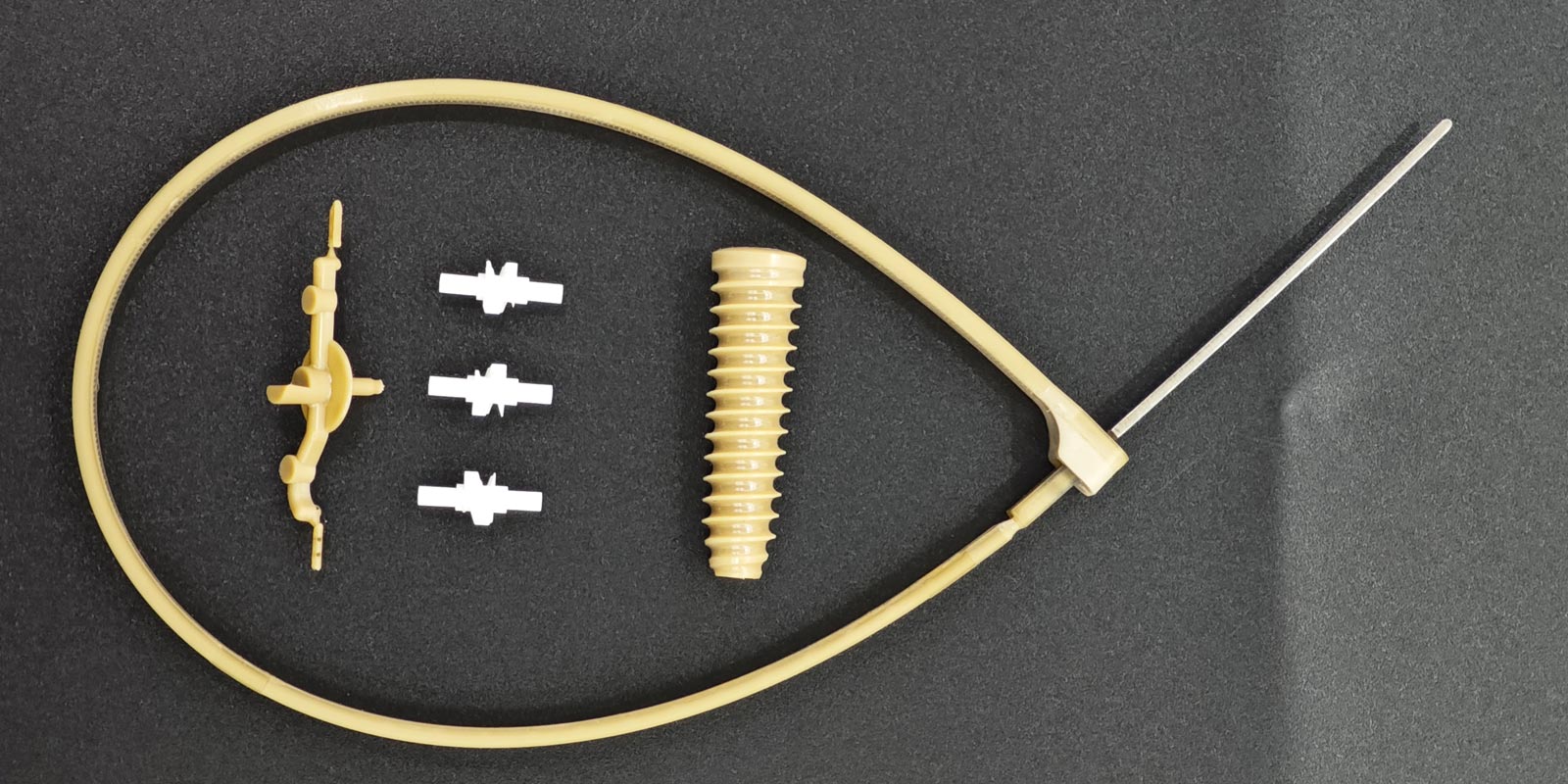
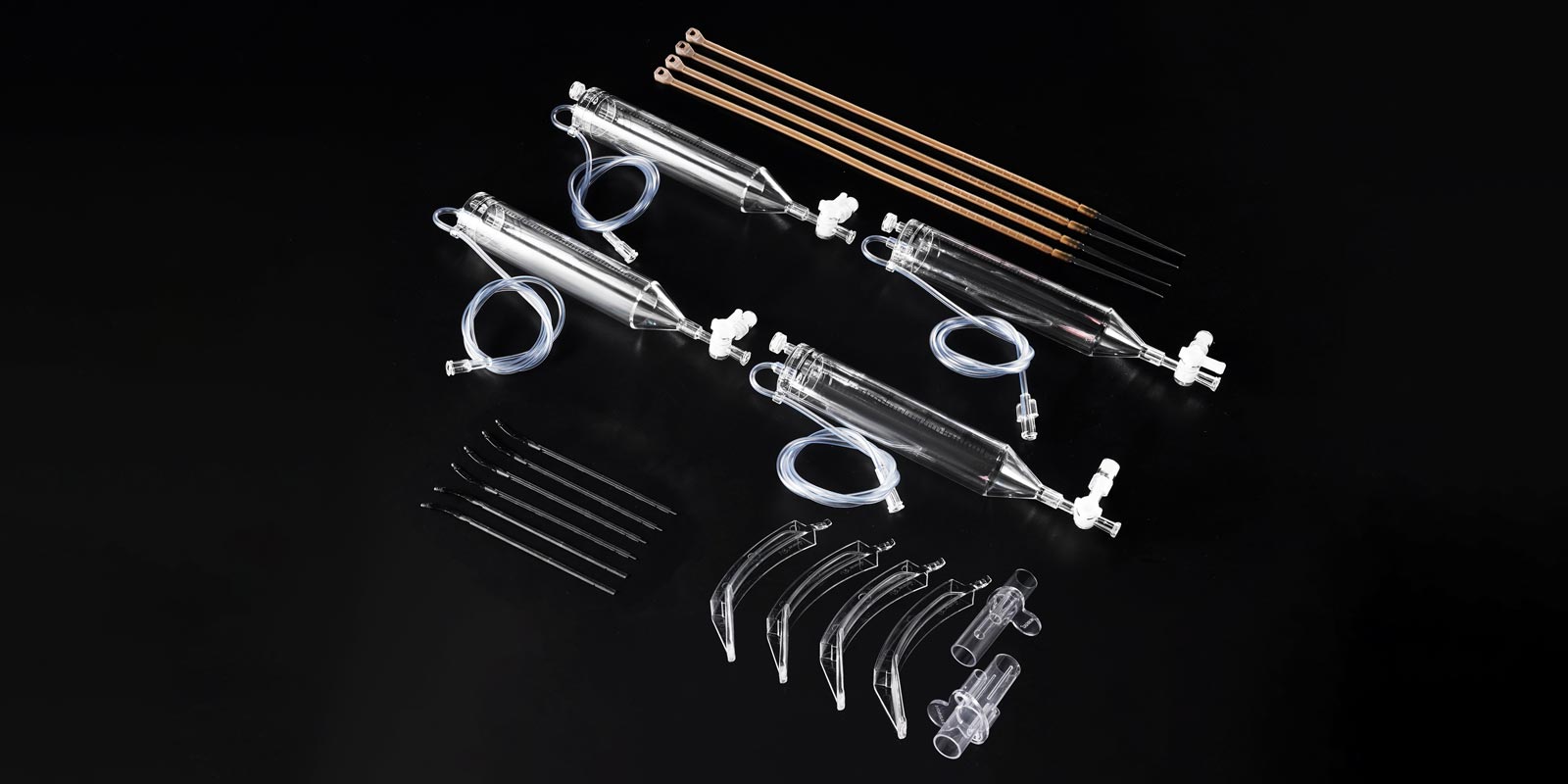

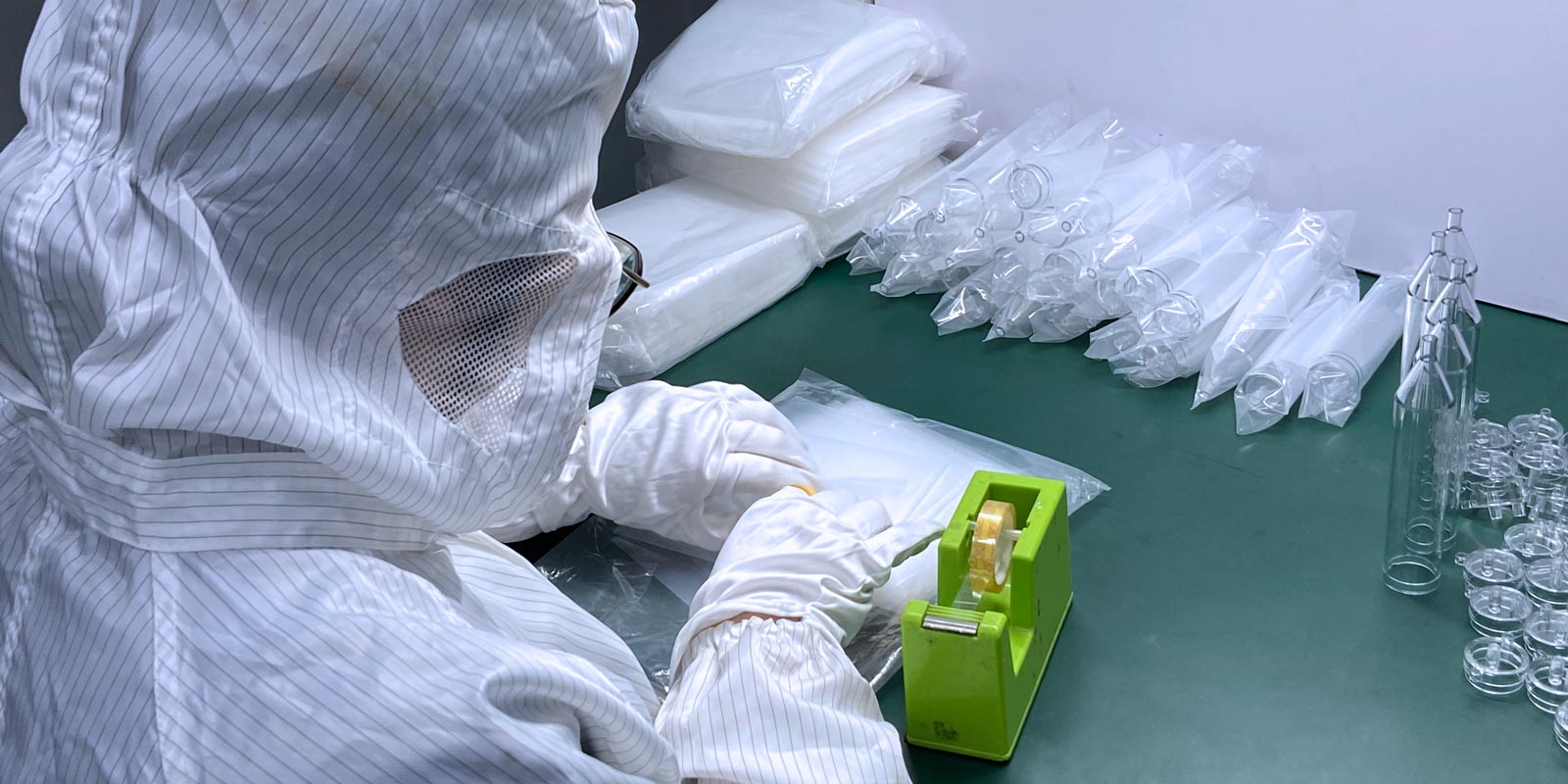
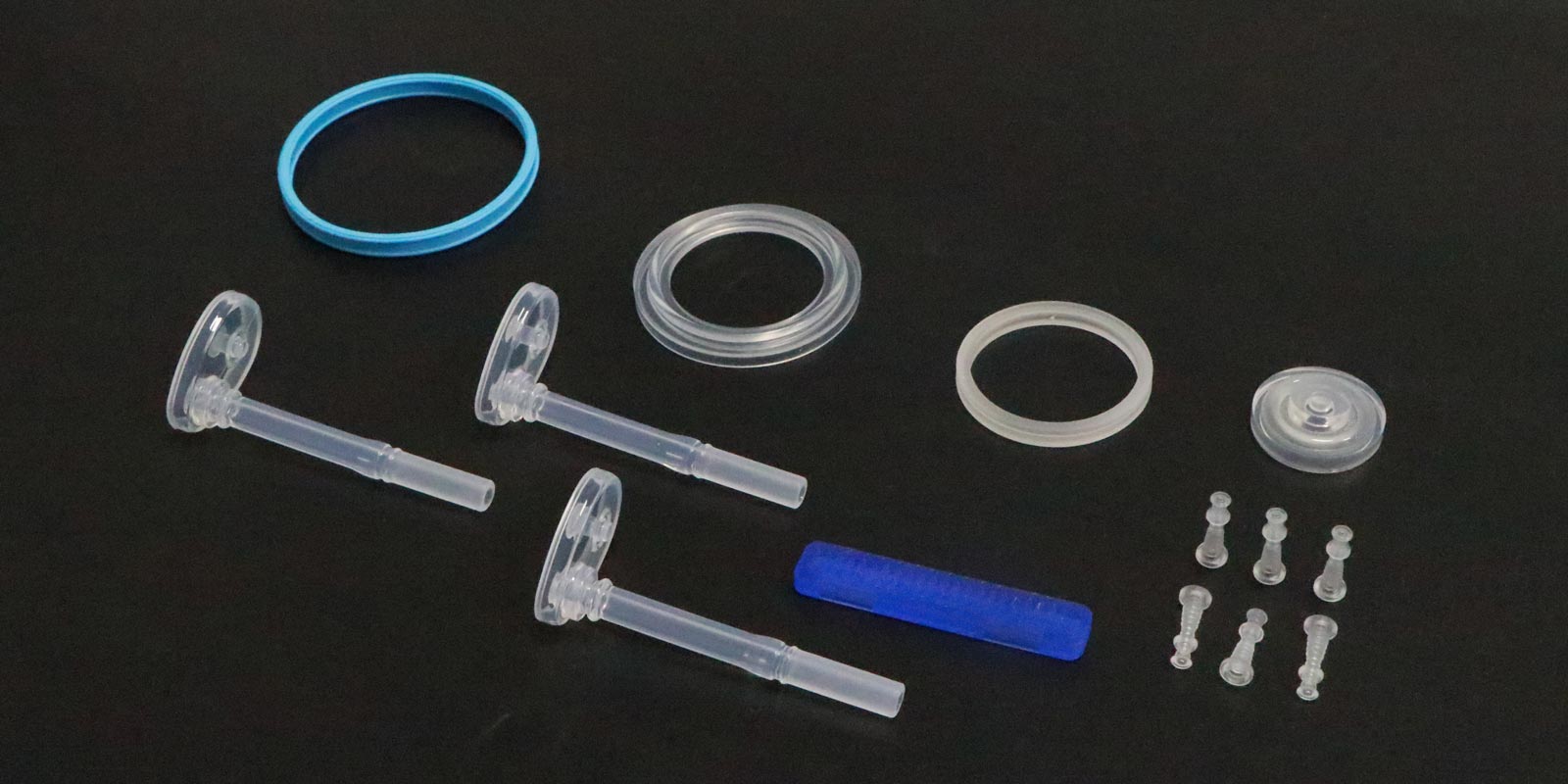


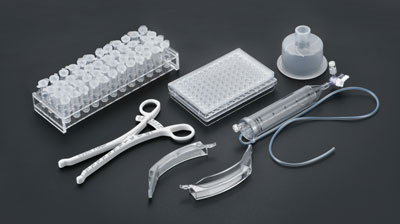
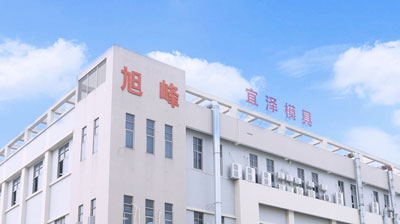







 Home
Home
